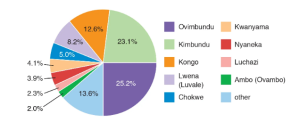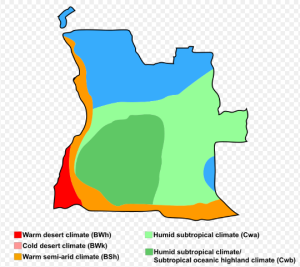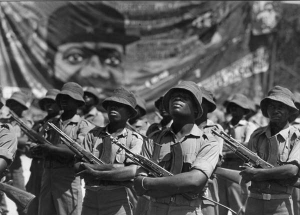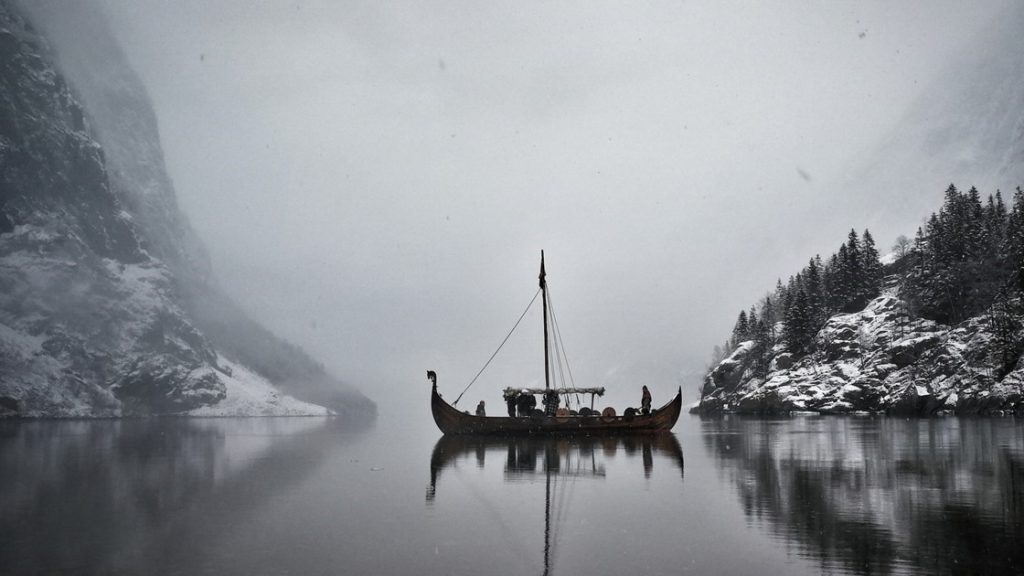Location, size and population

Angola occupies part of the southwestern coast of the African continent. The country covers a total area of 1.2 million km2, almost twice the size of Texas in the United States and a bit larger than South Africa. The country has an approximate population of 32.87 million as of 2022. Some of the spoken languages in the country include several Bantu languages and Portuguese as the official language. This language was adopted, given that Angola was colonized by the Portuguese. Luanda is the country’s capital city and the largest city.
On the map, the Atlantic Ocean borders Angola to the west, while Zambia borders to the east, the Democratic Republic of Congo to the north and Namibia to the south. The country is separated from Cabinda province by the tongue of DRC. Angola’s main airport is Quatro de
Fevereiro Airport, located in Luanda, while other regional airports can be found in Uige, Luena, and Huambo. The map below highlights Angola’s position relative to other countries.

The languages spoken in Angola include those that were initially spoken by the country’s many ethnic groups in addition to Portuguese, which was brought in during the country’s time as a Portuguese colony. Umbundu, Kikongo and Kimbundu are the three native languages that are spoken the most often. The nation uses Portuguese as its primary language of communication.
Climate

Angola has a fairly warm climate, with an average temperature each year of 27 degrees, however there are only a few months that can be said to be fully tropical and humid. The weather ranges from moderate to hot all year round, and the water temperature stays about 24 degrees Fahrenheit on average. Zaire is the region of the nation that is both the hottest and wettest. Namibe has the coolest temperatures.
History

Before the arrival of the Portuguese, Angola’s inhabitants were living a Neolithic life. Upon arrival, the Portuguese established their attention on the minerals and, later on, slaves. Despite struggles with the other European countries, their colonial claim to Angola was acknowledged in the 1880s. In the 1920s, Portugal underwent various political transitions accompanied by violence. These transitions directly impacted their colonies, such as Angola, by establishing a tightened control of the land. By the end of the 1920s, slavery in the country had been abolished, but forced labor was imposed on the people.
By the mid-20th century, guerilla groups formed to fight for Angola’s independence. The United States of America offered help to Angolans in forming these guerilla groups. Meanwhile, the Portuguese faced labor strikes by Angolans forced to work on cotton and coffee plantations. To appease the African groups, the government in Lisbon responded with great change. Portuguese peasants emigrated to Angolan farms (Castelo, 2016). Other reforms were introduced, such as ending forced labor and health and education provisions. The guerilla groups took advantage of these strikes to spearhead campaigns against violent treatment by the colonialists.
The 1974 coup in Portugal granted these groups yet another chance to fight for their freedom. The change in government in Lisbon positively impacted many Portuguese colonies. The new government was disinterested in upholding the dictatorship in Angola since it had become a very expensive colony (Wheeler, 2019). Even before the Portuguese withdrew from the colony, the Angolan civil war for total control of the capital intensified. The colonialists fled the country without a formal declaration of the republic’s independence. While the Portuguese left the country, the civil war continued as the guerilla groups fought against each other for Luanda. It was only in 2002 that the country’s civil war came to an end (James, 2020). No other country in Africa has ever experienced such an appalling commencement to independence.




